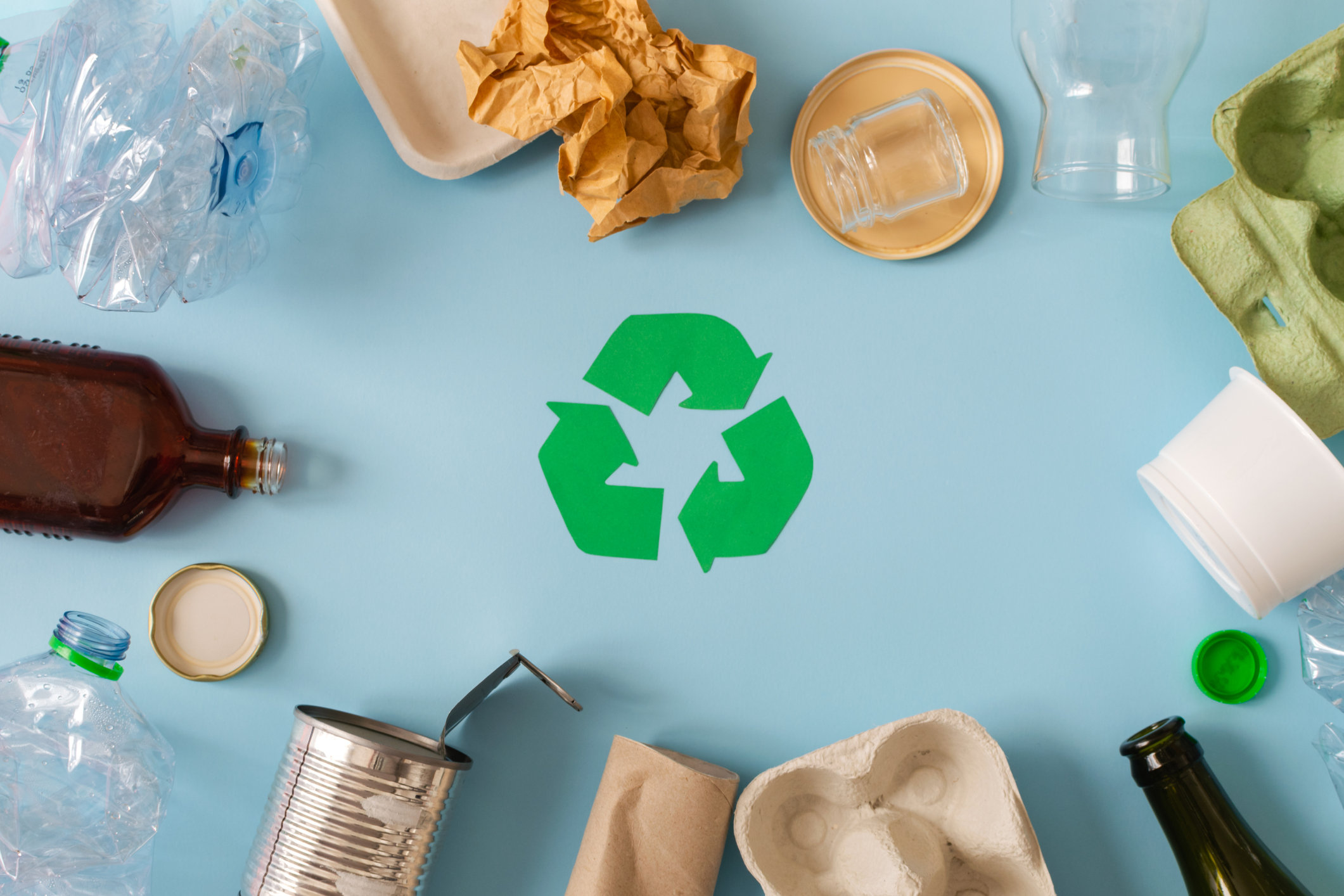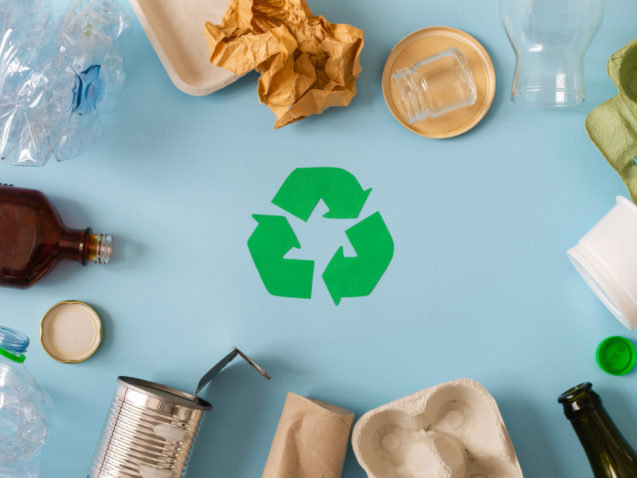From the plastic shrink wrap on cucumbers to the cardboard boxes for pizza or the multi-layered cartons of beverages or candy wrappers, food packaging plays an important barrier to air, light, dirt, pathogenic microorganisms, and other factors, to keep our food safe and nutritious. Food packaging is thus essential to avoid changes in the composition of the food’s nutrients and its sensorial properties.
In combination with refrigeration and modified atmosphere conditions, food packaging delays food degradation and spoilage and therefore significantly contributes to reducing food loss and waste along food production, manufacture, and distribution. This is good news, particularly when we consider that according to studies, 24% of food’s greenhouse gas emissions come from food that is lost in supply chains or wasted by consumers.
Food packaging plays a key role in the sustainability of food systems.
In its Farm to Fork Strategy the European Commission is committed to halving per capita food waste at retail and consumer levels by 2030 (see Sustainable Development Goal Target 12.3). Contributions to food waste reduction can be achieved by supporting the use of innovative and sustainable packaging solutions and recyclable materials.
If we stop and take a look around us, we can observe that our material world – that includes plastic, glass, cardboard, rubber, metals, waxes, coatings, recyclates, among many other materials – offers almost endless combination possibilities and functionalities to enable our daily lives.
Tableware and cutlery, kitchen appliances and cooking utensils, food packaging and printed labels, as well as the surface materials used in food manufacture, storage and distribution, need to be safe to be used in contact with food.
These Food Contact Materials and Articles (FCMAs) are carefully manufactured in such a way that they are not just safe to come into contact with food but also to prevent harmful substances from migrating to the food. This is facilitated by the exchange of essential information between manufacturers of food contact materials (FCM), suppliers, and food business operators to ensure the safe use of final articles.
Sustainable, recyclable or reusable packaging are common buzzwords nowadays but making recycled packaging so that it is safe to be in contact with food adds another dimension of complexity. This is by no means an easy task and builds on the activities of diverse sectors. For example, sharing the best practices in waste management from different waste streams is key to ensuring that potential recyclates can be safely converted into FCMAs. Undoubtedly, it requires close collaboration of many stakeholders of the waste management sector, recycling, and packaging value chain.
How are food contact substances and materials regulated?
In Europe, the general rules and procedures for food contact substances are embedded in the Regulation (EC) 1935/2004 for FCMAs. It includes measures and definitions for the safety, labelling, traceability, inspection, and control. The regulation is the basis for setting specific measures, positive lists of authorised substances, or restrictions of use for evaluated substances and/or materials. This overarching framework is currently undergoing an evaluation and revision by the European Commission and a legislative proposal is expected by end of 2022.
Meanwhile, the European Green Deal and the EU Farm to Fork Strategy will also support increasing the sustainability of food packaging materials in the EU. This will require a coherent policy approach, consistent with the myriad of other regulatory initiatives related to packaging sustainability and FCM.
By doing so, it can significantly contribute to safeguarding food safety while minimising trade-offs such as increased food waste and a bigger climate footprint.
A risk-based policy approach for safe food packaging
Harmonised European rules for all types of FCM, applying a risk-based policy approach, are essential steps to ensuring a more sustainable future for safe food packaging. To this end, the risk assessment and management of substance migration from the final FCM is critical to ensure consumer safety.
Thus, any changes to existing regulation should improve the mechanisms to assess hazardous chemicals and avoid migration into food.
In October 2020, the European Commission published its Chemical Strategy for Sustainability. Here we see positive steps on FCM because the strategy looks to facilitate better coordination and distribution of tasks between regulatory agencies. The assessments of hazard, risks, and cumulative risk from all uses of the same chemical needs to be done at the right time by the relevant EU agency in close co-operation with national scientific bodies.
The revision of Regulation 1935/2004 for FCMAs in combination with new ambitions in the Chemical Strategy for Sustainability could translate to a well-tailored assessment of substances used in FCM. Such a holistic risk assessment approach would account for identifying hazardous properties, specific use of the substances, migration potential and exposure for a precise and specific evaluation.
Striving towards sustainable food contact solutions
From this kaleidoscope of European action, the EU’s Circular Economy Action Plan will also impact the rules for safe recycling into food contact materials. The wide-reaching sustainability objectives will undoubtedly depend on many pillars like a faster authorisation of recycling processes for FCM by EFSA in order to provide legal certainty to business operators; an improved waste management infrastructure across Member States; and targeted investments in innovation and design of food packaging for recyclability and circularity.
For food and drink manufacturers, the safety of food products, and of the packaging in which these are contained, are of utmost importance. To invigorate the quest for more sustainable and safe food packaging, FoodDrinkEurope is ready to offer concrete ideas on how to improve the EU FCM regulatory framework. A fit-for-purpose regulatory model for future food contact materials should:
- Ensure consistent high protection of consumers health
- Enhance trust in the safety of FCMs
- Improve the functioning of the single market
- Encourage innovation
- Unlock the circular economy
FoodDrinkEurope members are committed to move towards more sustainable food systems by encouraging, developing, and implementing more sustainable food production practices. This is not achievable without sustainable packaging, whether from virgin or from recycled sources.






